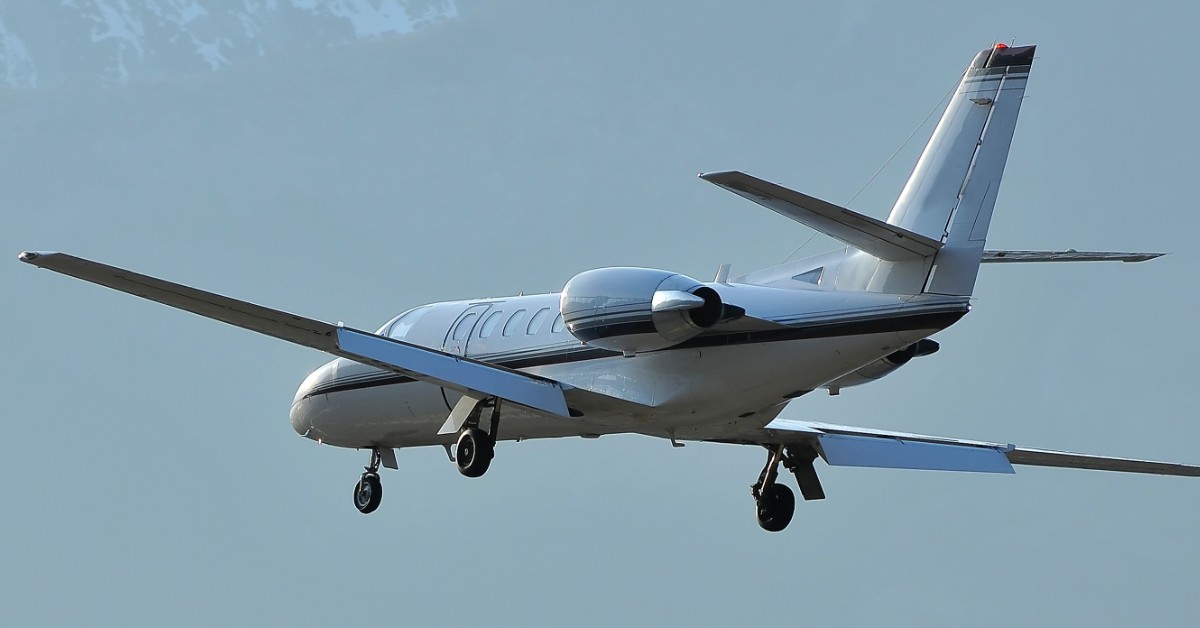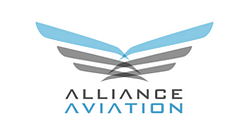
Becoming a pilot is a dream for many, young and old alike. For some it remains just a dream, but for others, for truly determined, becoming a pilot becomes a reality. In this blog post, we are going to discuss some of the most common questions we hear about becoming a commercial airline pilot. We’ll help you further understand things like where to start and what the training process looks like and how long it takes.
Continue reading to learn the answers to some frequently asked questions about becoming a commercial airline pilot. When you are ready to take the next step, contact Alliance Aviation. With locations all over America and beyond and extensive training programs with certified and experienced instructors, you won’t find a better flight training program. Contact us today for more information.
How Do I Become a Commercial Airline Pilot?
In order to become a commercial airline pilot, you must meet some basic requirements such as age and pass some medical tests, get the proper training, earn your ATP certification, and your type rating. If you have decided that you would like to become an airline pilot, it will require dedication. Not only do you have to take tests, both written and practical, but you will also have to log over 1500 hours of flight time. Becoming a pilot takes work, but is completely doable for someone who is dedicated. Read our previous blog post for a more in-depth look into how to become a commercial airline pilot.
How Long Does it Take to Become a Commercial Airline Pilot?
It will take a minimum of two years to become a commercial airline pilot with a type rating. It takes about 18 months to undergo training and courses and an additional six months to complete your type rating. This timeline is typically accurate for those that are not pilots of any kind and commit to learning and training full-time. Many pilots choose to train in their spare time, in which case, becoming a commercial airline pilot could take them up to five years or longer.
How Many Hours Do Airline Pilots Work?
There are limitations set by law about how many on duty and flight hours a commercial airline pilot may log. Commercial airline pilots are considered on duty from the time they check into the airport until after they finish their post flight duties. Pilots can not work more than 60 duty hours every seven days or 110 duty hours in 28 consecutive days.
Commercial airline pilots are limited, by law, to fly no more than 900 hours per year. There are limitations on the amount of hours that a commercial pilot can fly each month as well. These limitations were all put into place to avoid fatigue.
Many new commercial airline pilots find themselves not concerned as much with the number of hours that they work per week, but with the untraditional hours they work. If you are accustomed to working a 9-5 job, you may be in for a shock. Commercial flights are available almost around the clock, so your hours will vary depending upon the airline your work for and the flights you are assigned to.
How Much Does a Commercial Airline Pilot Make?
The salary of a commercial airline pilot varies greatly from airline to airline and depends upon experience and seniority. Commercial airline pilots can make anywhere from $25,000 to $200,000. The median falls around $100,000/year. Of course all of this depends upon the airline you work for, how many hours you work, and how much experience you have.
Do I Need a Degree to Become a Commercial Airline Pilot?
To obtain your certificates, training, and type rating, you do not need to have a college degree. However, some commercial airlines do require their pilots to have a bachelor’s degree or other form of higher education. So, while a degree is not necessary to become a commercial airline pilot, it will open up more job opportunities for you.
Do I Have to Have 20/20 Vision to Become a Commercial Airline Pilot?
You don’t have to naturally have 20/20 vision to become a commercial airline pilot. Your vision must be correctable to 20/20. It is important for pilots to have perfect vision. So, if you wear glasses or contacts, you can still become a commercial airline pilot, as long as with the use of them your vision is 20/20.
Contact Alliance Aviation for More Information
If you are interested in becoming a commercial airline pilot, contact Alliance Aviation. We offer all the certificates and training that you will need to successfully become a commercial pilot and type ratings for all the most popular airlines. We will happily answer all of your questions. Contact us today to get started!

